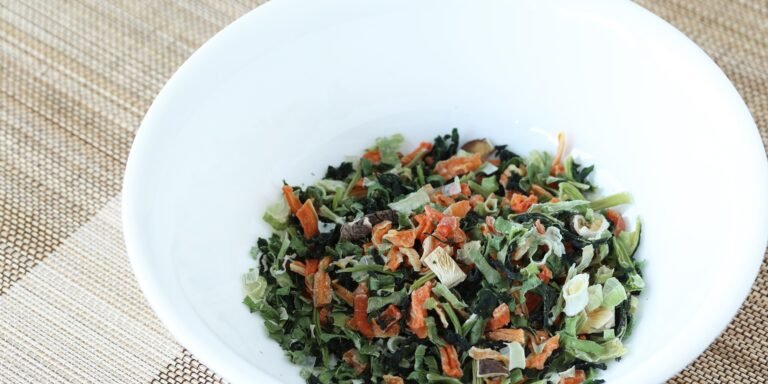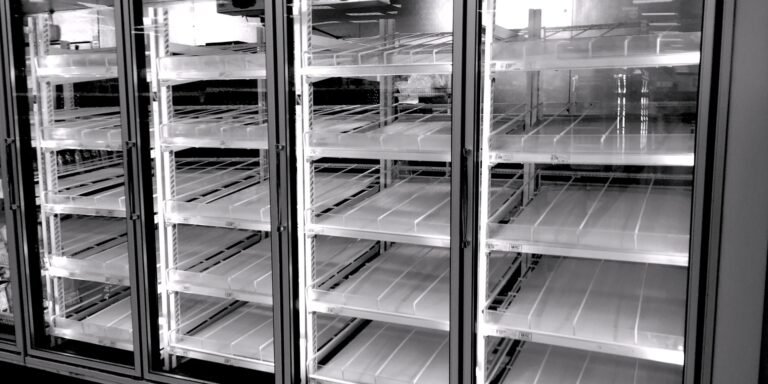How to Prepare an MRE with a Flameless Heater
This post may contain affiliate links, full disclosure here.
You should learn how to properly eat an MRE or cook one with a flameless heater if you haven’t already. MREs are a great item to have in your prepper toolkit if you ever find yourself in a long-term survival or disaster situation. During natural catastrophes and calamities, grocery stores can be extremely unreliable, so it’s a good idea to stockpile long-lasting food like this just in case.
What is an MRE?
During combat operations, MREs are the principal food ration of the US Armed Forces. “Meal, Ready To Eat” is an abbreviation for “Meal, Ready To Eat.” You might recall c-rations or k-rations from WWII. MREs are today’s equivalent.
While in a war situation, these meals are designed to meet all of a soldier’s caloric and dietary needs. They can be eaten hot or cold and have a long shelf life. MREs are packaged in large bags that are designed to endure a lot of punishment.
MREs are available in a variety of menu options, however, all military-style MRE bags include the following:
- The main dish
- Serve as a side dish
- Crackers or bread smeared with a spread
- Dessert
- Candy
- a drink mix that is powdered
- Non-edible goods (utensils, toilet paper, etc.)
- They may have hot sauce or other seasonings on hand, as well as a flameless heater for reheating the dish.
How Important Is An MRE With Flameless Heater
Most people prefer a warm dinner to a cold one, particularly if they are in cold or damp weather. It’s no pleasure to eat cold spaghetti or cold beef stew. A warm dinner, on the other hand, can cheer up a soldier.
Because a hot meal is so important, all military MREs come with a flameless heater. The flameless heater generates enough heat to warm the meal using a simple chemical reaction.
Chemical heating is actually a rather common natural occurrence. Everyone has witnessed the rusting of iron. Rust is the result of iron atoms combining with oxygen atoms to form reddish, crumbly iron oxide. Wet iron rusts faster than dry iron, thus the process is generally slow. Iron rusts the fastest when exposed to salty ocean water.
The oxidation process produces heat when iron turns to rust. Rust, on the other hand, grows so slowly that the heat generated goes unnoticed. We’re all familiar with oxidation reactions that happen significantly faster. When you “oxidise” the carbon atoms in a charcoal briquette, for example, they get incredibly hot. This type of high-speed oxidation is referred to as burning.
The idea behind a flameless heater is to generate heat by oxidising a metal. Magnesium metal is superior to iron because it rusts considerably faster. Magnesium dust is mixed with salt and a little iron dust in a thin, flexible pad about the size of a playing card to form a flameless heater. A soldier puts a little water into the heater to turn it on.
The flameless heater reaches boiling point in seconds and is bubbling and steaming. To reheat the food, the soldier simply replaces the heater and the MRE pouch in the original box. Dinner is ready in ten minutes!
Instructions for Eating an MRE with a Flameless Heater
Using a flameless ration heater to cook an MRE is really simple.
- Locate the little packet labelled ‘heater’ inside the bag. All safety precautions mentioned on the packet should be read and followed.
- Fill the heater package with water until the ‘fill line’ is reached.
- Place the entree packet in the water after removing it from its cardboard container.
- Fold the MRE warming bag closed with the entree package inside and set it on an inclination so that the water drains to the bottom.
- Wait for your food to warm up for around 2 minutes.
- Remove the meal from the warmer (careful, it’ll be hot! ), open the top, and eat straight from the bag with the cutlery provided.
Except for the drink mix (which requires only water), all of the other ingredients are ready to eat. That concludes our discussion. Enjoy your steaming hot lunch, which took just a few minutes to prepare to owe to your flameless ration heater!
I strongly advise you to test a few MREs before purchasing pallets for your bug-out hideout to check if they’re something you and your family can eat. There are numerous long-term food options available!
Expected MRE Shelf Life at Various Temperatures
MREs should be stored at a temperature of no more than 80 degrees Fahrenheit, according to the manufacturer’s instructions. They have a three-year shelf life at this temperature. Warmer temperatures reduce the shelf life and nutritional value of foods. If they were stored at 120 degrees, for example, the shelf life would be roughly one month. Storing at lower temperatures, on the other hand, extends the shelf life; at 50 degrees, the shelf life can be up to five years.
- 120°F = 1 Month
- 110°F = 2 Months
- 100°F = 6 Months
- 90°F = 18 Months
- 80°F = 36 Months
- 70°F = 40 Months
- 60°F = 48 Months
- 50°F = 60 Months
FAQ
Where can I purchase MREs?
“Civilian MREs” are available for purchase. Civilian MREs are now manufactured by five companies, making them quite easy to obtain on platforms such as Amazon.
How do I know if my MRE is still safe to eat?
As long as the MREs are still in the case, there’s an indication on the exterior of the box that can tell you if they’re still edible. The TTI, or ‘Time and Temperature’ Indicator, is what this is called. It consists of a black circle with a lighter circle inside. The MREs inside should be OK to eat as long as the interior circle is lighter than the outside ring.
Can You Eat an MRE Without Cooking It?
Yes, you can consume an MRE without having to cook it. After all, the name says it all: ready to eat!
Can you cook an MRE without using the flameless heater?
Yes, you can prepare your MRE without the use of a flameless heater. The sole purpose of the flameless heater is to heat up the meal. If you don’t like the flameless heater, you can make a fire and cook the meal packet in a saucepan of boiling water.
Are MRE packages microwaveable?
No, microwaveable MRE meal packets are not available. Their particular containers include a foil-like material inside that prevents them from being microwaved safely. It will degrade the packaging, contaminate the food, and possibly harm your microwave.
Are the flameless ration heaters reusable?
MRE heaters with no flame are one-time usage only. After use, they should be thrown.
How do the flameless heaters work?
They’re just plastic bags containing a particular material that reacts chemically when exposed to water. This product is made up of magnesium powder, salt, and iron powder in a precise ratio. A chemical reaction occurs as soon as the water is added. This chemical reaction generates hydrogen gas as well as heat.
Can a flameless ration heater explode?
In general, flameless ration warmers are regarded safe when used as instructed, with the sole risk of being burned by the heat they emit. Using a flameless heater from an MRE, however, it is feasible to create an explosion.
How many MRE’s should I eat each day?
MREs are designed to be consumed three times a day, and each MRE supplies roughly one-third of the daily vitamin and mineral requirements.
Can I live off MREs indefinitely?
MREs, according to the Army, can be used for up to 21 days before being replenished with fresh rations. They’re a high-energy snack, but they’re not meant to replace a well-balanced diet over time.
What happens if I eat too many MREs in a row?
Constipation or diarrhoea is the outcome of eating too many MREs, which is comparable to the result of eating too much junk food. The fact that the MRE is likewise very low in fibre adds to the problem. In reality, the only fibre you’ll find in an MRE is in the packet of bread or crackers. To summarise, do yourself a favour and limit your intake.
How to Prepare an MRE with a Flameless Heater Bottom Line
You should learn how to eat an MRE or prepare one with a flameless heater if you don’t already. MREs are an excellent tool to have in your prepper toolbox if you ever find yourself in long-term survival or emergency situation. During natural disasters and emergencies, grocery stores can be extremely unreliable, so it’s a good idea to stockpile long-lasting foods like these just in case.
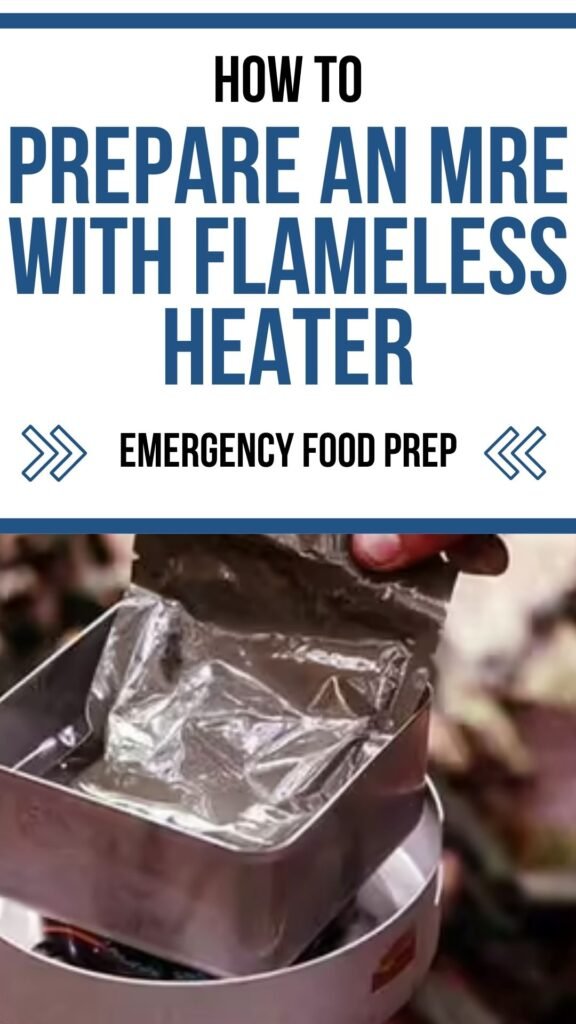


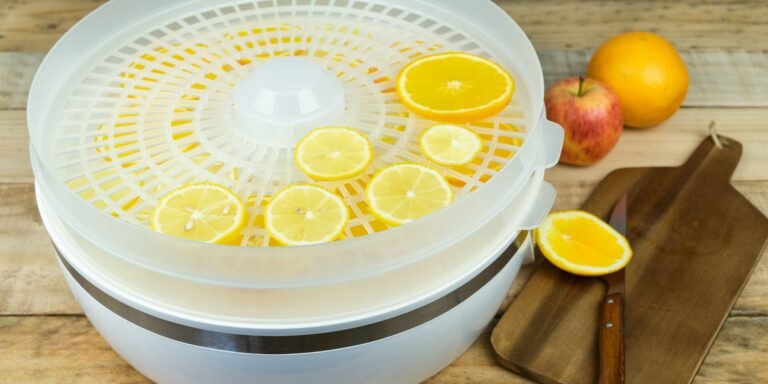
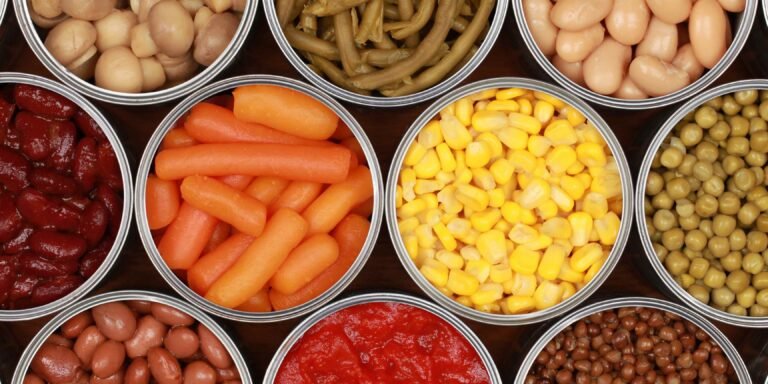

![How To Start A Gluten Free Emergency Food Supply [ Before It’s Too Late]](https://preparinginthecity.com/wp-content/uploads/2021/08/How-To-Create-A-Gluten-Free-Emergency-Food-Supply-768x384.jpg)
